Fragments of Folklore: A landmark exhibition reimagines tradition in contemporary Saudi Arabia
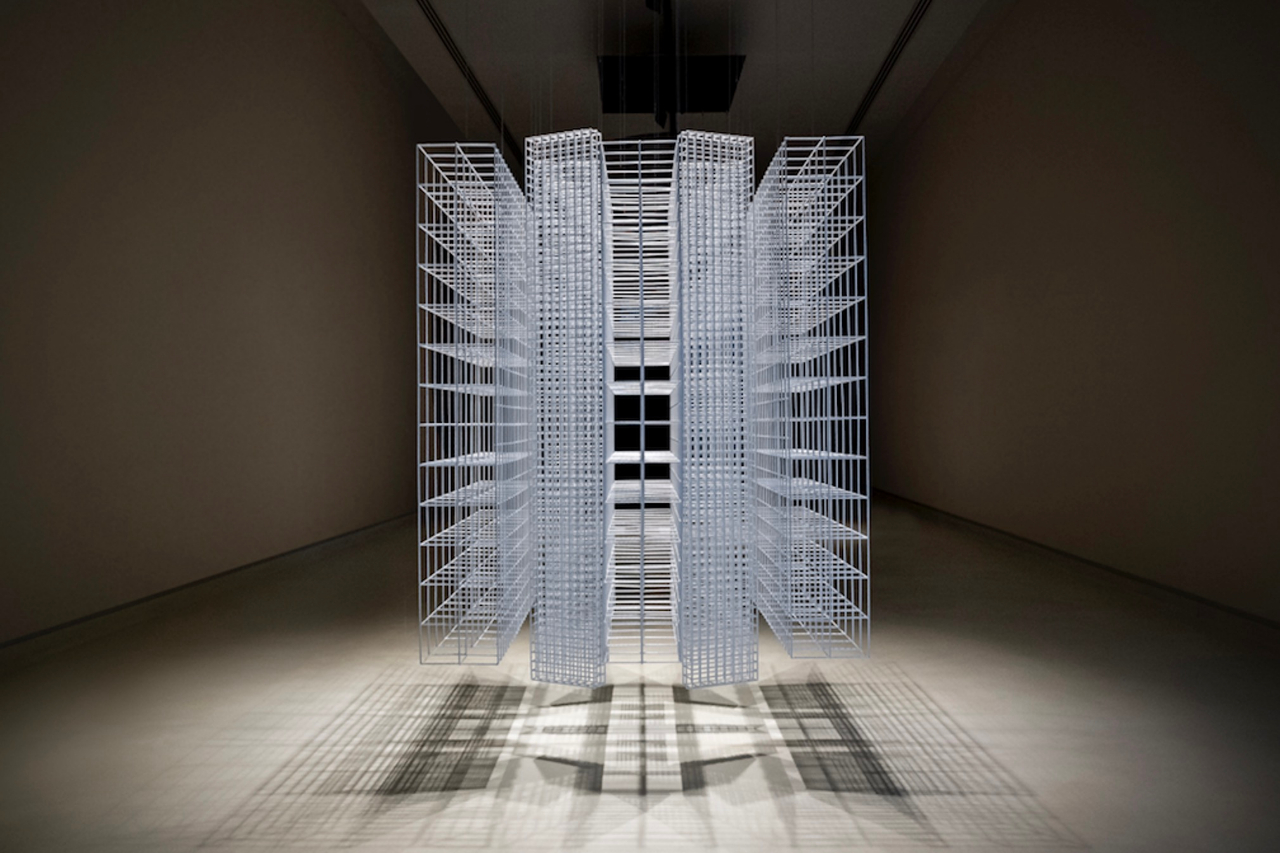
In the heart of Riyadh’s JAX District, a cultural hub at the vanguard of Saudi Arabia’s contemporary art movement, a new exhibition is poised to make a significant mark. Fragments of Folklore, opening on 30th April and running through 12th May 2025, brings together four acclaimed artists from the Middle East and South Asia to explore cultural identity, heritage, and reinvention through contemporary art. The show is co-presented by three organisations – Saudi Arabia’s THAA, Paris-based MIR’A Art, and Belgium’s TRIYAD – who collectively seek to reframe accessibility and ownership of art in the region.
More than just another event in a packed arts calendar, Fragments of Folklore arrives at a time of seismic cultural change in Saudi Arabia. As part of the kingdom’s Vision 2030 initiative – a strategic framework for social and economic reform – there has been a surge of investment in the arts, from major museum projects to biennales and public art programmes. Within this context, Fragments of Folklore speaks to both local transformation and global conversation, inviting audiences to reflect on the enduring role of folklore in shaping modern identity.
Garden 4, Hambra Abbas
A new narrative in a rapidly changing nation
Saudi Arabia has recently begun positioning itself as a global cultural player. This year marks Sotheby’s first auction in the kingdom, and the country is preparing to host the Louvre Riyadh – an ambitious $500 million project – in addition to the Centre Pompidou’s expansion into AlUla. Events such as the Islamic Arts Biennale and Desert X AlUla have already garnered international attention.
In this charged atmosphere, Fragments of Folklore stands out for its thematic focus and the way it foregrounds regional voices. Rather than importing established Western narratives, the exhibition prioritises local and regional storytelling, drawing on traditions rooted in calligraphy, geometry, mythology, and architecture. It’s a timely shift: Saudi Arabia is not just collecting art – it is now producing and exporting narratives of its own.
Reinterpreting heritage: The artists
At the centre of Fragments of Folklore are four artists whose work engages deeply with inherited visual languages.
Hamra Abbas, a Pakistani artist known for her conceptual engagement with traditional crafts, draws from miniature painting, marble inlay, and Islamic art history to challenge religious and historical iconography. Her work positions artistic heritage as a living, adaptive entity – simultaneously fragile and resilient.
Saudi artist Lulwah Al Homoud brings a rigorous formalism to the exhibition. Her practice centres on what she calls “mathematical calligraphy”, deconstructing the Arabic script into abstract compositions that reveal the intrinsic rhythm and logic of Islamic aesthetics. Her works reside in the collections of institutions such as the British Museum and LACMA, yet her roots remain firmly planted in Saudi cultural life, where she actively supports emerging talent through her LAHAF Art Foundation.
Another Saudi artist, Raeda Ashour, returns to the spotlight with new works that reinterpret Islamic motifs and architectural ornamentation. Known for reconfiguring patterns and forms into dynamic, contemporary visual languages, Ashour’s practice is particularly resonant now, as Saudi Arabia looks inward to reassert the value of its own visual traditions.
Completing the group is Rashid Al Khalifa of Bahrain, whose work straddles light, architecture, and abstraction. Drawing inspiration from Islamic decorative practices, Al Khalifa’s geometric forms challenge viewers’ spatial perception while subtly referencing the symbolic weight carried by pattern in Arab visual culture.
The show coincides with Saudi Arabia’s Year of Handicrafts, an initiative aimed at highlighting the country’s artisanal traditions and their relevance to contemporary practice. This overlap is no accident. In Fragments of Folklore, heritage is not aesthetic backdrop, but material, method, and message.
Wall Painting, Rashid Al Khalifa
Folklore as language, not relic
While folklore is often associated with oral storytelling – tales passed from one generation to the next – the exhibition expands the concept to encompass symbolic, material, and architectural expressions. Here, folklore is not treated as a static relic but as a dynamic archive, constantly reshaped across time and place.
The exhibition design itself underscores this approach. Drawing on the traditional architecture of the Najd region, the layout functions like a labyrinth – fragmented yet connected. Narrow passageways and concealed views encourage a sense of intimate discovery. A central column anchors the space both literally and metaphorically, invoking continuity while framing transformation.
Materials play a vital role in this immersive experience. Acacia wood structures evoke endurance, while parchment, with its delicate translucency, recalls the fragility of oral storytelling. Natural pigments and handmade textures embed echoes of craft history into the exhibition’s visual and spatial identity.
Towards a multi-centric future
Crucially, Fragments of Folklore also serves as a platform for broader change in the cultural ecosystem. Through mentorship initiatives, curated collaborations, and a dedicated art store offering affordable works by emerging artists, the exhibition underscores its commitment to accessibility. It proposes a model of art ownership that is inclusive rather than exclusive – an idea particularly relevant in a region where gallery-going has only recently become mainstream.
By bringing together artists from Saudi Arabia, Bahrain, and Pakistan, the curators also challenge Eurocentric modes of exhibition-making. This is not about fitting regional art into a global frame – it is about shifting the frame itself. As TRIYAD’s founder Lisa De Boeck puts it, the goal is “to shape art history by placing heritage in active dialogue with the present.”
Untitled, Raeda Ashour
The exhibition’s curators see folklore as a “living, shifting narrative” – a means of understanding who we are and who we might become. In doing so, Fragments of Folklore becomes more than an exhibition. It’s a conversation across borders, generations, and disciplines – a cultural reckoning, rooted in place but resonating far beyond it.
Fragments with a Future
As the Middle East experiences an unprecedented wave of cultural investment, Fragments of Folklore represents both a celebration and a provocation. It invites audiences – local and international – to consider how tradition can be a source of creative reinvention, not constraint. And it offers a compelling glimpse of the new artistic narratives emerging from a region long seen as peripheral to the global art world, but now increasingly central.
In this exhibition, heritage does not sit behind glass. It walks with us, speaks to us, and – most importantly – invites us to respond.
The editorial unit
Fragments of Folklore is at the JAX District, Riyadh from 30th April until 12th May 2025. For further information about the location visit the website here.

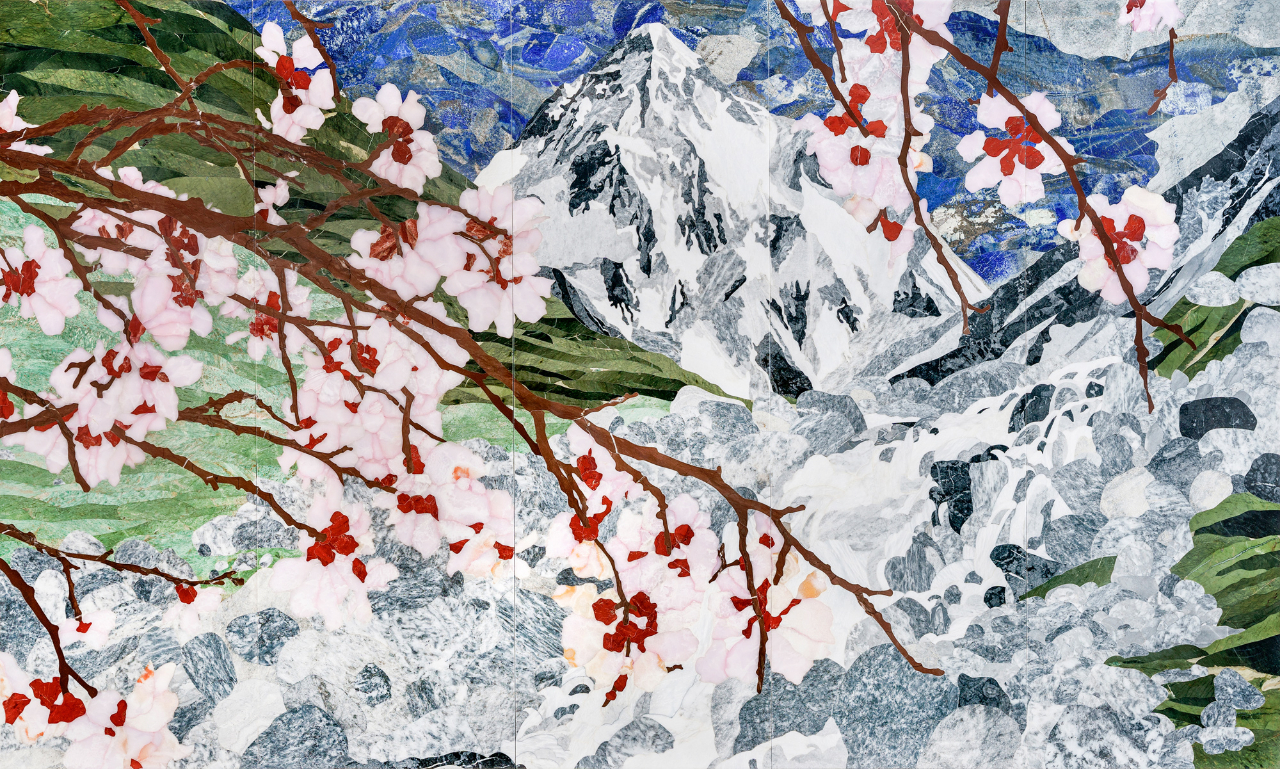
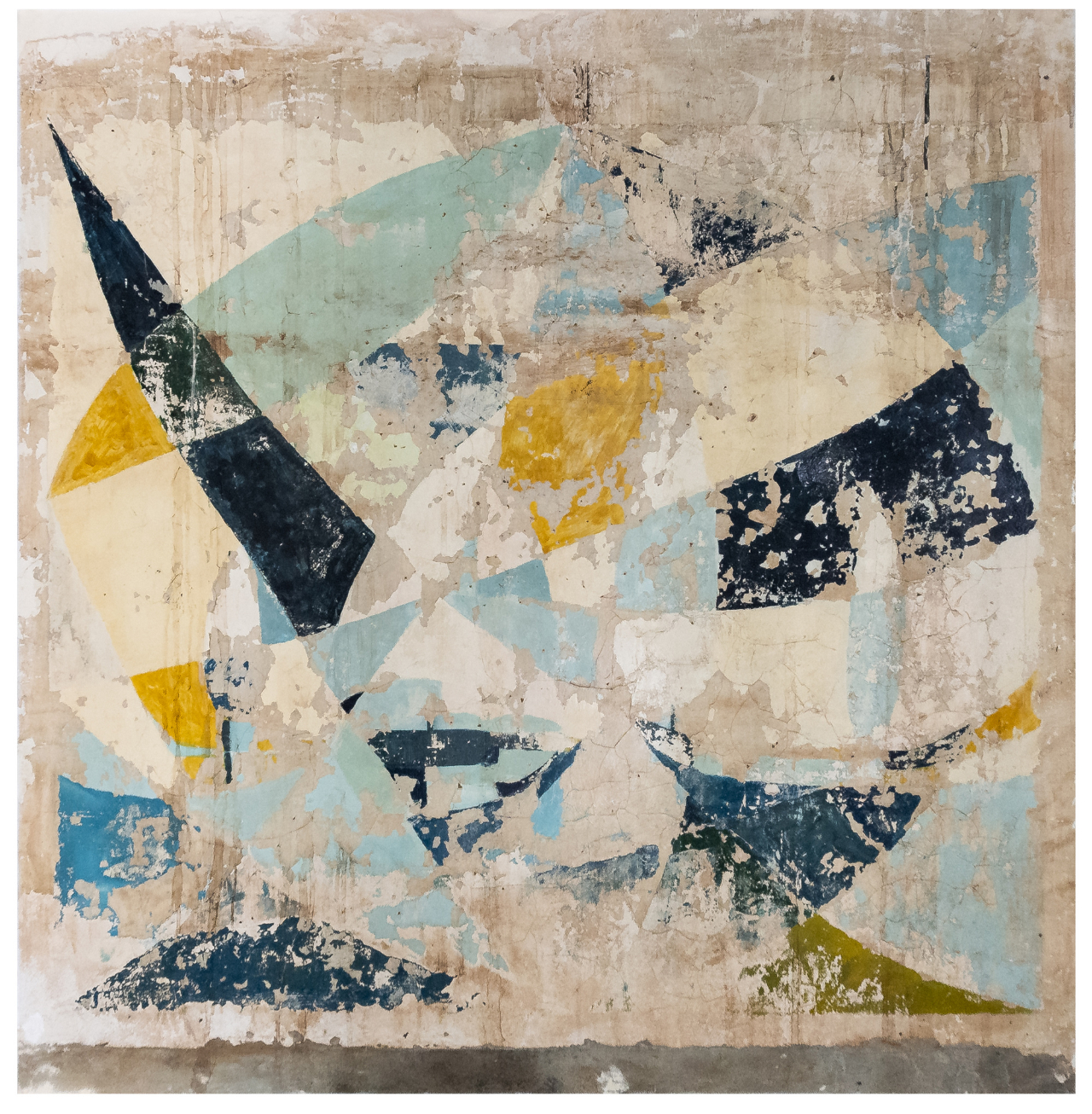
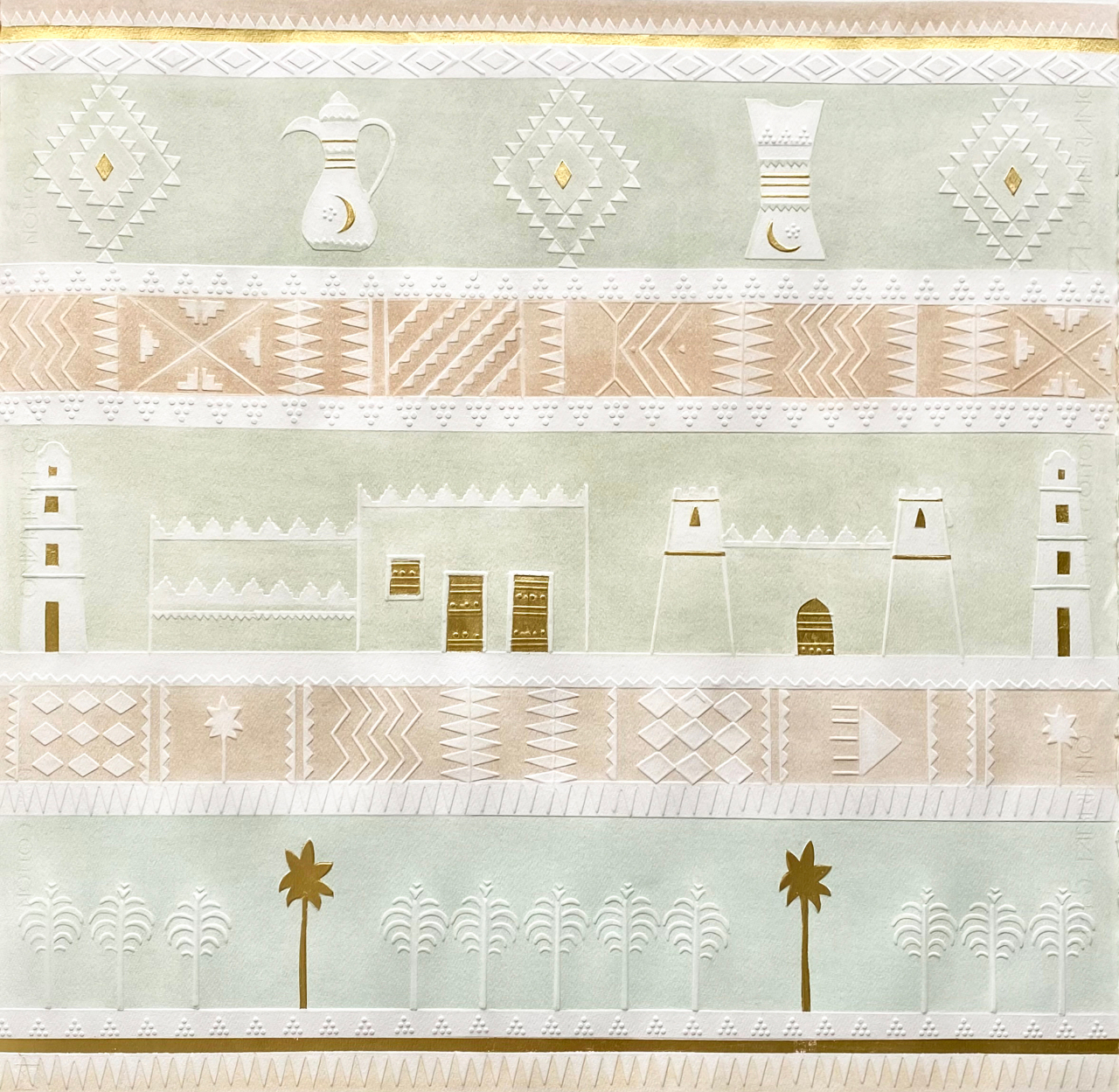

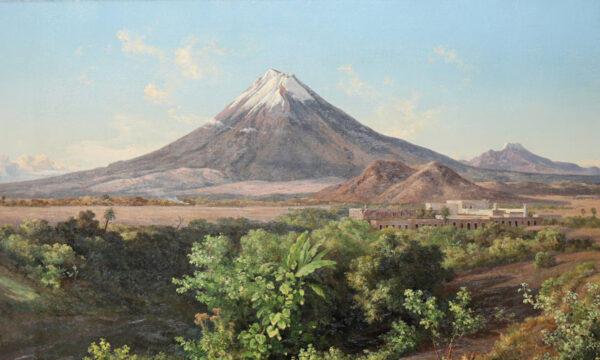
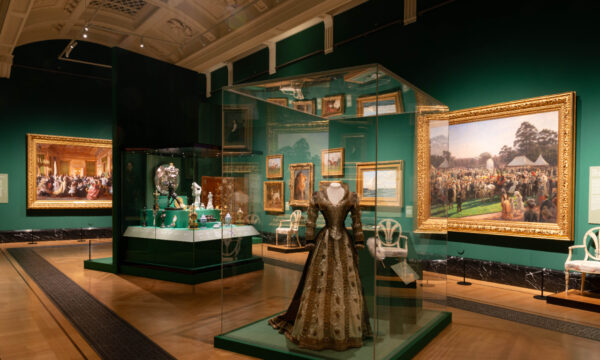
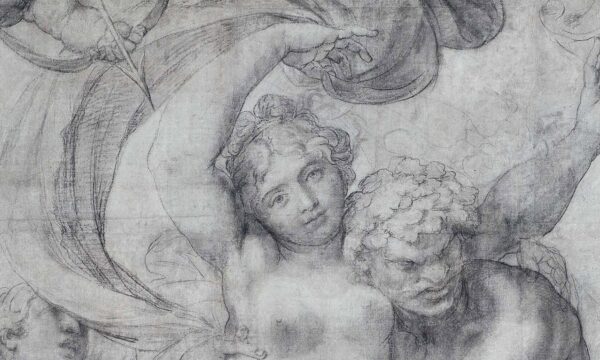
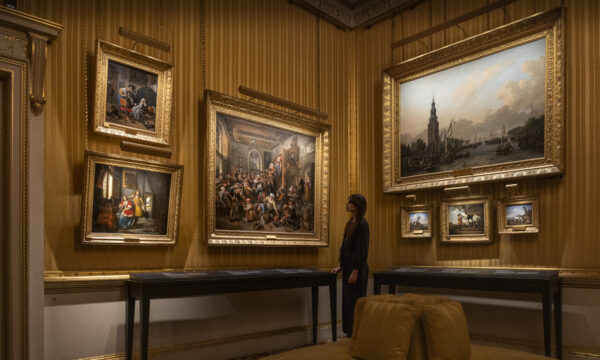
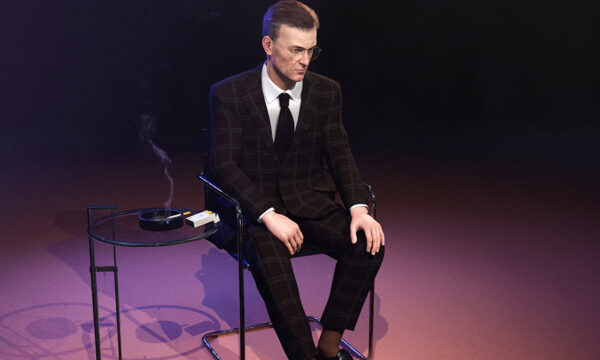
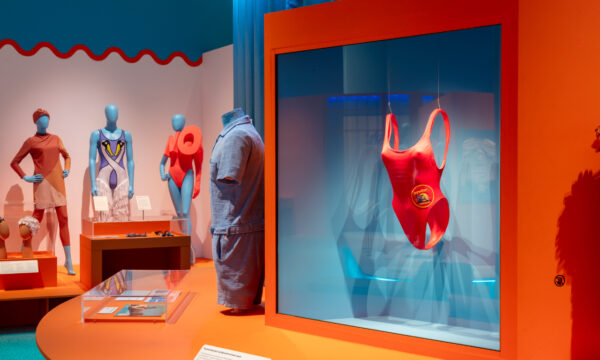
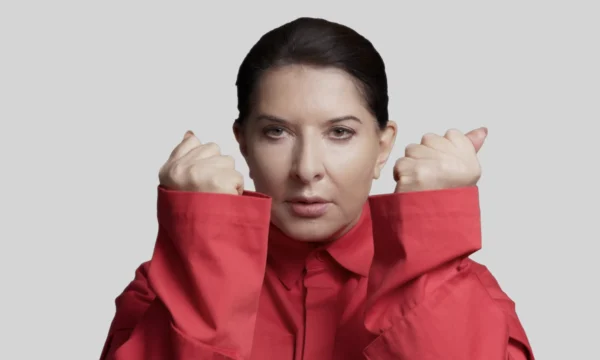
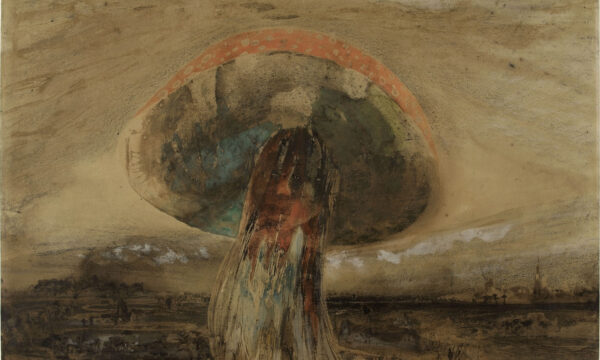


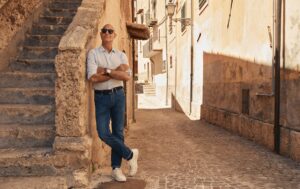
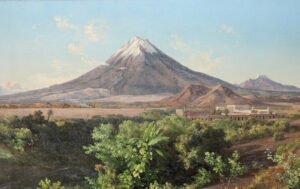
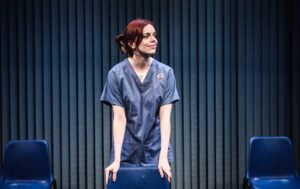
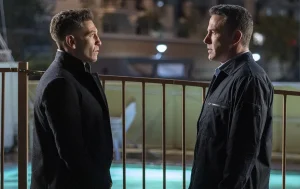
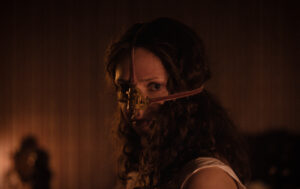
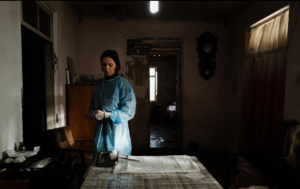







Facebook
Twitter
Instagram
YouTube
RSS